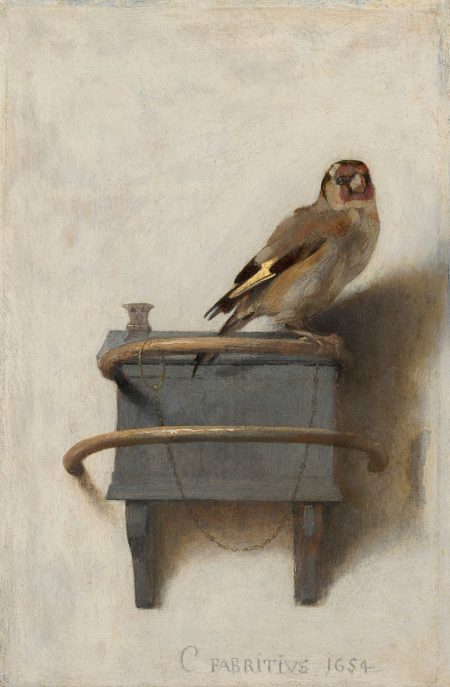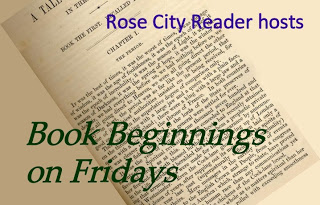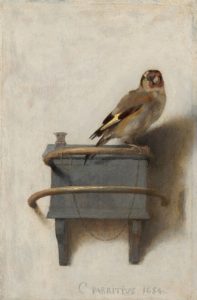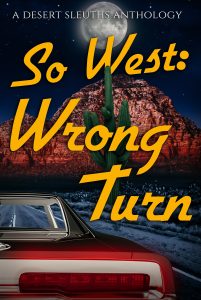The Goldfinch by Donna Tartt is next up on our 100 Bestsellers List reading challenge. The Goldfinch (2014) is Tartt’s third novel, following her critically acclaimed debut novel The Secret History (1992) and The Little Friend (2003). Observe the number of years between each publication date; Tartt takes her time, writing large novels, both in length and in scope.
This post contains spoilers.
The Goldfinch* by Donna Tartt
(*Amazon Affiliate link)
Bildungsroman
When I finish a book, I like to read other descriptions and reviews. Sometimes those reviews gel the thoughts and feelings I had while reading the novel, while other times I disagree entirely with the reviewer. While reading through a few reviews for The Goldfinch, I came across a new term (to me): bildungsroman. Merriam-Webster provides this definition:
literature : a novel about the moral and psychological growth of the main character – a bildungsroman by Charles Dickens
This is certainly an apt description for The Goldfinch, as Tartt leads the main character, Theo Decker, on a decade long journey of life-altering catastrophes, emotional and physical upheavals, grief, and survivor’s guilt, providing plenty of opportunities for moral and psychological growth. As a reader, Theo drew me in from the very beginning, and I followed his journey avidly, hoping he would make it through the storms, while preparing myself for the possibility that he would not.
Descriptive Power
Tartt is a master at descriptive prose. Here we see one of the antagonists, Lucius Reeve, for the first time:
Though he was tight and elegant in his speech and gestures, and his suit was modishly cut for a man his age, his demeanor made me think of a puffer fish—or, alternately, a cartoon strongman or Mountie blown up by a bicycle pump: cleft chin, doughball nose, tense slit of a mouth, all bunched tight in the center of a face which glowed a plump, inflamed, blood-pressure pink.
Usually long passages of description cause me to skim the text, anxious to get to the real action, but this was not the case with The Goldfinch. I soaked up Tartt’s descriptions like a sponge, reveling in the tastes and smells and sights she provided, even when they were unpleasant or painful.
For unknown reasons, the gust of energy that had swept me up and fizzed me around all summer had dropped me hard, mid-October, into a drizzle of sadness that stretched endlessly in every direction: with a very few exceptions (Kitsey, Hobie, Mrs. Barbour) I hated being around people, couldn’t pay attention to what anyone was saying, couldn’t talk to clients, couldn’t tag my pieces, couldn’t ride the subway, all human activity seemed pointless, incomprehensible, some blackly swarming ant hill in the wilderness, there was not a squeak of light anywhere I looked, the antidepressants I’d been dutifully swallowing for eight weeks hadn’t helped a bit, nor had the ones before that (but then, I’d tried them all; apparently I was among the twenty percent of unfortunates who didn’t get the daisy fields and the butterflies but the Severe Headaches and the Suicidal Thoughts); and though the darkness sometimes lifted just enough so I could construe my surroundings, familiar shapes solidifying like bedroom furniture at dawn, my relief was never more than temporary because somehow the full morning never came, things always went black before I could orient myself and there I was again with ink poured in my eyes, guttering around in the dark.
Doesn’t sound like a man engaged to be married and dizzy in love, does it?
By the way, that passage above? It’s all one sentence! The editor side of my brain sure had a tough time while reading The Goldfinch, but Tartt makes it work. The pain and depression that Theo feels would not come across nearly so well in nice, neat, short sentences, would it?
Truisms and Real Literature
Some of the reviews I read blasted The Goldfinch for not being “real literature” because the novel explained too much to the reader and didn’t require said reader to have to analyze the book for its underlying message. The last chapter presents several “truisms” that Theo has come to realize from his bildungsroman, and they are spelled out for the reader. These reviews included long rants about what the term “real literature” means, what makes a book “serious” and “literary” rather than merely a contemporary novel, quickly read and easily forgotten. The same discussion occurs with art. What is art? What makes it art? Tartt addresses this:
You see one painting, I see another, the art book puts it at another remove still, the lady buying the greeting card at the museum gift shop sees something else entire, and that’s not even to mention the people separated from us by time—four hundred years before us, four hundred years after we’re gone—it’ll never strike anybody the same way and the great majority of people it’ll never strike in any deep way at all but—a really great painting is fluid enough to work its way into the mind and heart through all kinds of different angles, in ways that are unique and very particular.
In the end, art is whatever makes us, as individuals, feel. Literature is the same. It challenges us individually. It speaks to us individually. It affects us individually. For me, The Goldfinch is definitely literature, worthy of the time it took to read. It’s a book that I will think about and mull over for weeks to come, and one that I will quite likely read again.
Related posts:
- Book-beginnings, a discussion of the first line of the novel
- Karen’s review from a reader’s perspective
- Roberta’s review from a writer’s perspective
You can also join us on social media:
- The Bestseller Code 100 Pinterest Page
- Twitter: #BestsellerCode100
- Facebook: Bestseller Code 100 Reading Group
- The full list is now posted on GoodReads
__________________
What are we reading next?
If you ever have questions about what we are reading next or when we’re starting the next discussion, check the 100 Book List tab in the navigation bar at the top of the blog. Links in the list go to the landing page from this blog where the discussion starts. However, this is an open-ended challenge so feel free to jump in with any of the books at any time.
The next book is number 68. Cross Roads by Wm. Paul Young (2012) – Discussion begins January 22, 2018
Christian fiction









